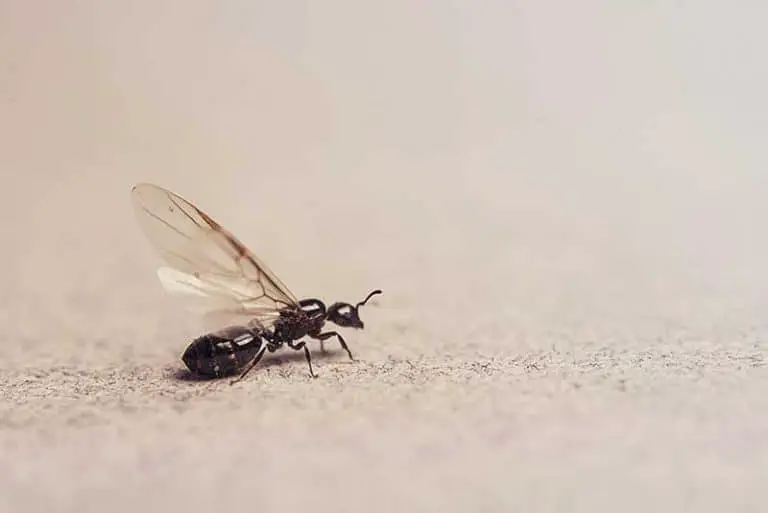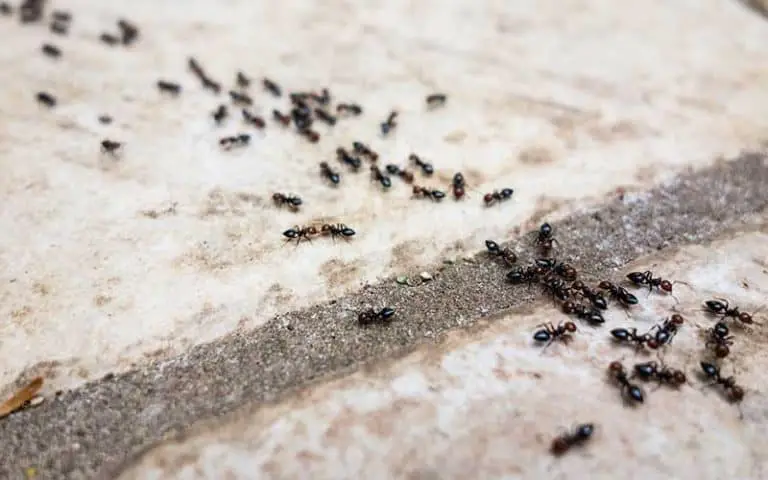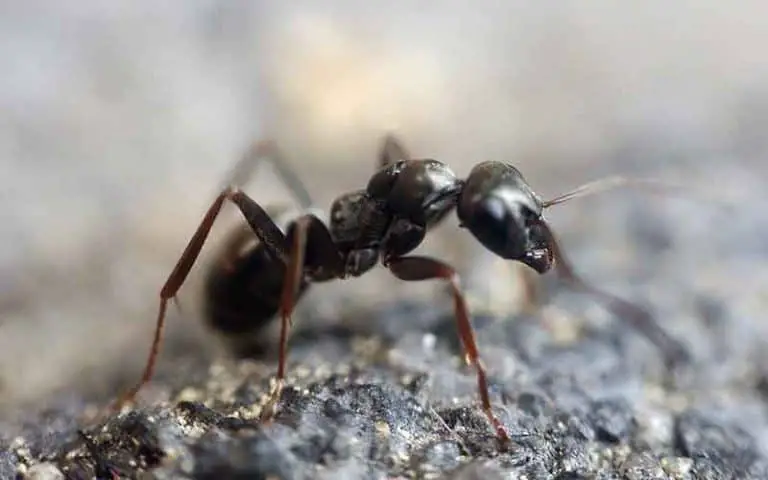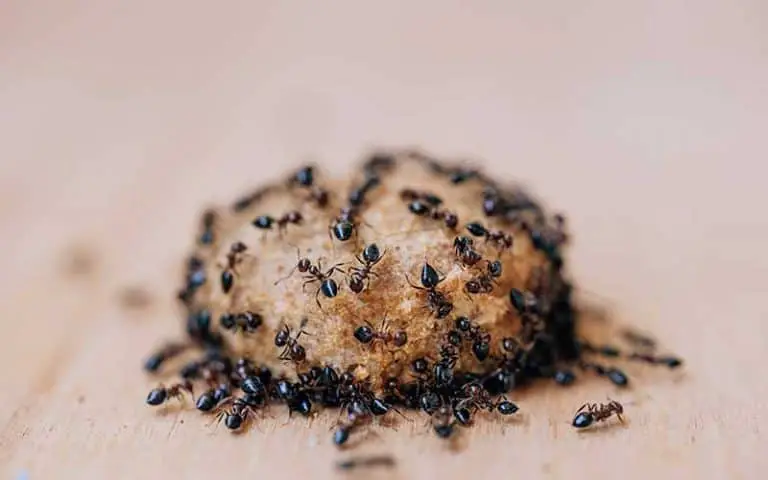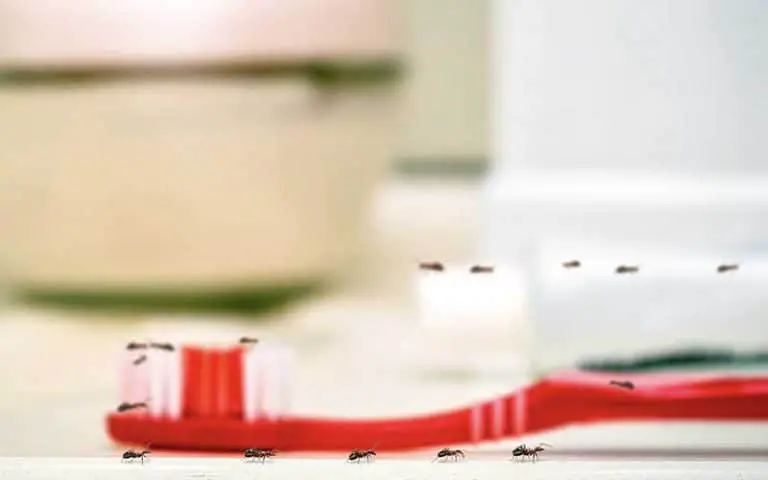Ants in Car: How to Get Rid of Ants in Your Car
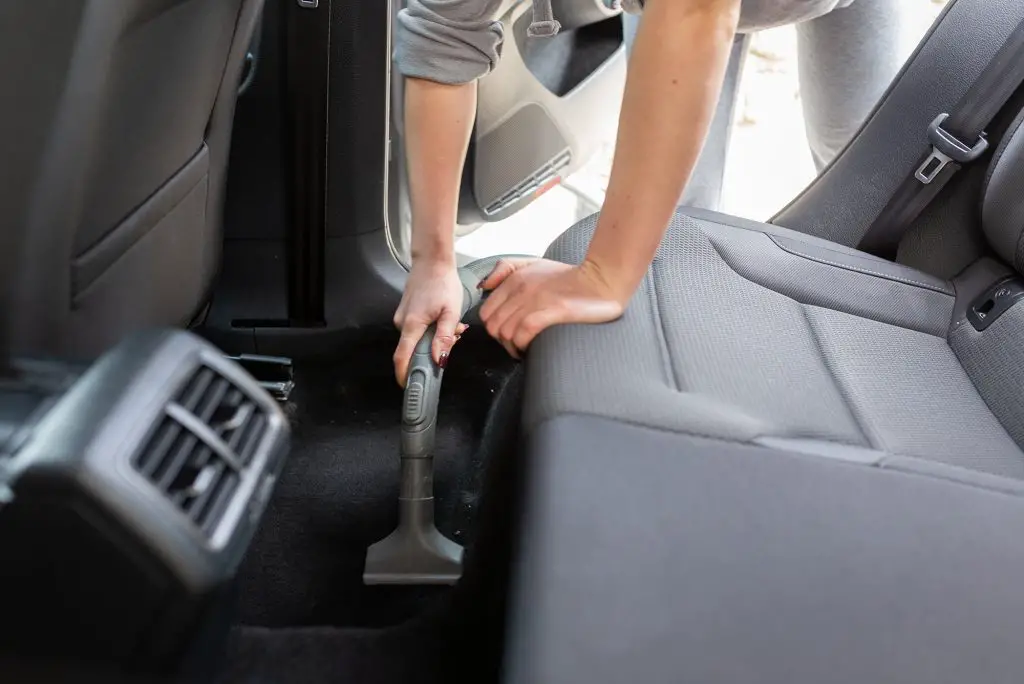
Let’s talk about ants. These tiny little insects can cause quite a problem when there’s an infestation. We’ve all experienced these uninvited guests at a picnic. Imagine an ant infestation in your car, though. It’s not only inconvenient; an infestation in a vehicle is also quite dangerous.
Imagine driving on the freeway feeling that tickle of something crawling on your skin. Impulsively you take your hands off the wheel and try to brush off the culprit. You look down to see what it was. All while taking attention off of the road.
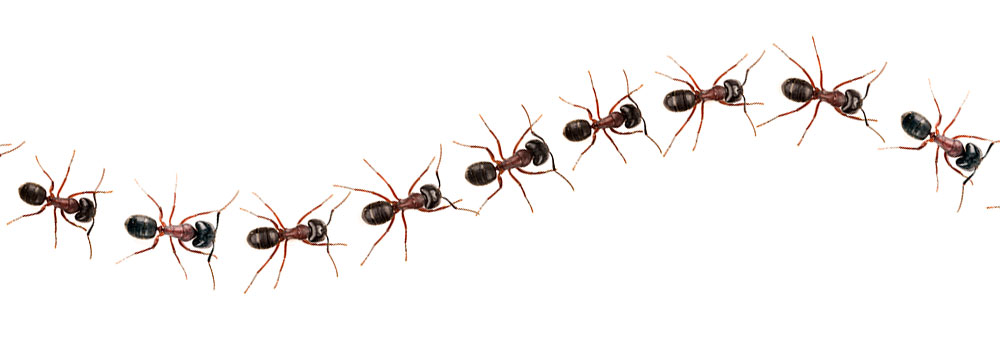
Why are there ants in my car?
There are a few reasons that ants may choose to infest a car. The first one that comes to mind is food. Ants are always on the lookout for it; they release pheromones to call their friends when they find it. They do this because they operate as a team, helping to carry back the goodies to the nest. So, if you have crumbs in your car and an ant happens upon them, you could quickly end up with an unwanted party.
Because of their small size, even a seemingly small amount of food can lead to a large gathering of ants. Of course, they don’t want to infest your vehicle; they’re just going about their business. It can be inconvenient and, as mentioned above, even dangerous, but they mean no harm.
If you find an infestation but don’t have crumbs, then you may have parked in an unfortunate location. It’s possible that you parked near a nest, and they stumbled across your car. But, in the majority of instances, food is the reason.
Children are the biggest dropper of crumbs. But if food is consumed or transported in your vehicle, there’s probably food debris. Ants can smell this food no matter how small and will endeavor to obtain it.
Can ants damage my car?
The short answer is yes. How? Because they live in large colonies, there is a risk that they may chew cables. These could be electrical and serve essential functions. Nobody wants their lights or turn signals to fail. They could also cause damage to fabrics and rubber trims in the vehicle, so swift removal is vital.
If ants get into the engine and internal mechanics of a car, it can be costly. However, some ant species are more destructive than others.
What type of ants are in my car?
There are numerous species of ants, all of which could infest your vehicle. Species vary by region, so some areas may be more likely to be home to Fire Ants; others, Carpenter Ants. Below are three of the most common culprits, but there are many species.
Pharaoh Ants (Also referred to as Sugar Ants)
As their nickname suggests, these ants are attracted to sugar. They tend to make their colonies in buildings as they thrive in warm conditions. In their quest to find sugar, they can often inadvertently infest vehicles too. They tend to be destructive, chewing through things.
Red Imported Fire Ants
Fire ants are known for their distinctive red/yellow coloring. They are more dangerous than Pharaoh Ants to humans because they sting. This is painful but can also cause an allergic reaction impeding your ability to drive. These ants can also chew through wires, causing problems for vehicle owners. As the name suggests, these ants are not natural to North America. They were brought north across the border from South America.
Carpenter Ants
Carpenter Ants are primarily nocturnal, meaning they are more active at night. These are the most common ant species in the United States. They are black with some red accents. They are less dangerous than red fire ants as they cannot sting. They do, however, bite, which can irritate. They’re known to cause damage to property by entering through cracks.
How to get rid of ants in a car
If you are unfortunate enough to have discovered ants in your car, then the below advice can help.
Step 1 – Thoroughly clean the car
The most crucial step is to clean the car thoroughly. Begin with a vacuum and ensure you have a crevice tool to get into all of those nooks and crannies. Open the doors and hoover the door frames. Get under the seats, between the seats, and in the center console. That will remove ants and food debris.
Empty the vacuum into an outdoor bin when done to avoid bringing ants into the home. Wipe down plastics to eliminate any sticky spillages. Finally, clean the car’s exterior with a pressure washer or take it through a car wash. Remember to get into the wheel arches and wheels. Also, clean the engine bay as ants can hide there, but be careful with pressure washers here. If you’re unsure about cleaning the engine bay, use a professional service.
This may solve your problem entirely. If not, proceed to step two.
Step 2 – Park somewhere else
You will need to undergo the cleaning process again to remove ants and food debris. Then you should park your vehicle somewhere else. Try to avoid parking next to trees or grassy areas.
If this has not solved the problem, you will need to look at pesticide treatments.
Step 3 – Use a pesticidal treatment
There are a few ways to eliminate an ant problem with pesticides. The first is to use a sweet-smelling bait to attract the ants. The ants will take this bait, which is toxic to them, back to the nest, thus eliminating the colony. Ensure baits are kept away from animals and children.
Traps can be used to bait the ants in a similar way to the above option. The traps will contain a toxic material that will kill the ants. You can place a few of these around the car to maximize efficiency and effectiveness. Chose an odorless option, so your vehicle doesn’t smell odd.
Sprays are an alternative allowing you to spray areas, killing the ants in the vicinity. This will likely not be completely effective alone. But if you only have a small problem, it will work quickly. Ensure the area is well ventilated.
Fogging is another option that is particularly effective in cars. This is due to the fact it’s designed to reach difficult-to-access areas. It also kills ants trying to enter your vehicle for up to two months after treatment. Ensure you read the instructions carefully and carry them out as directed. The car will need airing, and the vents should be cleaned out by running the air conditioning system.
How to prevent ants from infesting a car
Once your problem has been eliminated, you’ll want to ensure there is no recurrence. To aid that, keep your car clean, and if there is a spillage, remove it quickly. Park away from trees and grass.
Some natural repellents can also help. These include cinnamon, mint leaves, vinegar, and chalk. Interestingly, drawing chalk circles around your tires deters ants, although no one is quite sure why.
Finally, keep your car dry; ants can be attracted to water. Don’t leave wet upholstery or water standing in the car. You can always use a disposable dehumidifier to be on the safe side.

